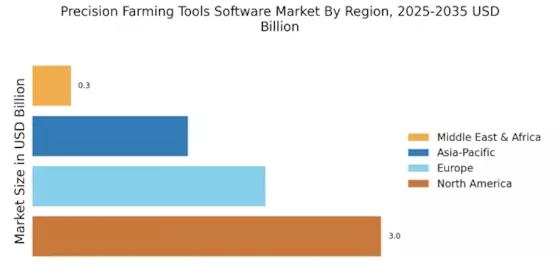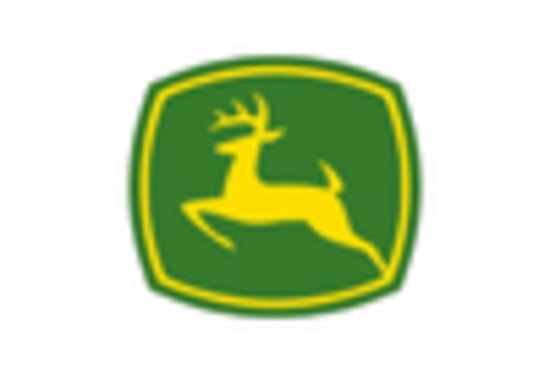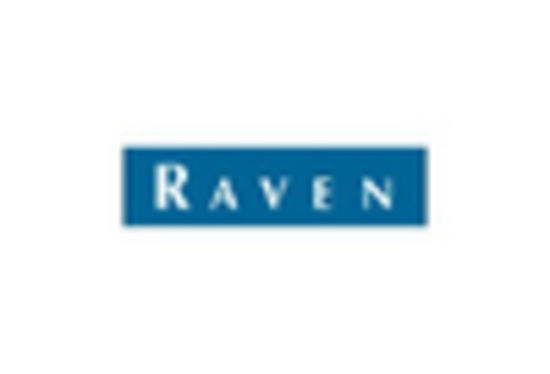Advancements in Data Analytics
Advancements in data analytics are reshaping the Precision Farming Tools Software Market. The ability to analyze vast amounts of agricultural data allows farmers to gain insights into crop performance, soil health, and weather patterns. These insights enable more precise decision-making, ultimately leading to improved yields and reduced costs. The market for agricultural data analytics is projected to reach USD 2 billion by 2026, highlighting the increasing reliance on data-driven solutions in farming. As farmers seek to harness the power of data, the demand for sophisticated precision farming tools that incorporate advanced analytics capabilities is likely to grow, further propelling the Precision Farming Tools Software Market.
Growing Demand for Food Security
The increasing The Precision Farming Tools Software Industry. As agricultural land becomes scarcer, farmers are compelled to maximize yields from existing resources. Precision farming tools provide solutions that optimize resource use, reduce waste, and enhance crop productivity. Reports suggest that by 2027, the global food demand will increase by 70%, necessitating advanced farming techniques. This scenario creates a fertile ground for the adoption of precision farming software, which can help farmers meet these challenges effectively while ensuring sustainable practices in the Precision Farming Tools Software Market.
Government Initiatives and Support
Government initiatives aimed at promoting sustainable agriculture are significantly influencing the Precision Farming Tools Software Market. Various countries are implementing policies that encourage the adoption of precision farming technologies through subsidies, grants, and training programs. For instance, initiatives that support the use of data analytics in agriculture are becoming more prevalent, as they align with national goals for food security and environmental sustainability. This support not only enhances the accessibility of precision farming tools but also fosters innovation within the industry. As a result, the Precision Farming Tools Software Market is likely to experience accelerated growth due to these favorable governmental policies.
Integration of IoT and AI Technologies
The integration of Internet of Things (IoT) and Artificial Intelligence (AI) technologies is transforming the Precision Farming Tools Software Market. IoT devices enable real-time data collection from various sources, such as soil sensors and weather stations, which can be analyzed using AI algorithms. This synergy allows farmers to make informed decisions regarding crop management, irrigation, and pest control. According to recent data, the adoption of IoT in agriculture is projected to grow at a compound annual growth rate of 25% over the next five years. This trend indicates a robust demand for precision farming tools that leverage these technologies, enhancing operational efficiency and productivity in the Precision Farming Tools Software Market.
Rising Awareness of Sustainable Practices
There is a growing awareness among farmers regarding the importance of sustainable agricultural practices, which is positively impacting the Precision Farming Tools Software Market. Farmers are increasingly recognizing that precision farming tools can help reduce chemical inputs, conserve water, and minimize environmental impact. This shift towards sustainability is not merely a trend; it reflects a fundamental change in agricultural practices. Data indicates that farmers utilizing precision farming technologies can reduce fertilizer use by up to 30%, thereby enhancing both profitability and environmental stewardship. Consequently, the demand for precision farming software that supports sustainable practices is expected to rise significantly in the Precision Farming Tools Software Market.


















Leave a Comment